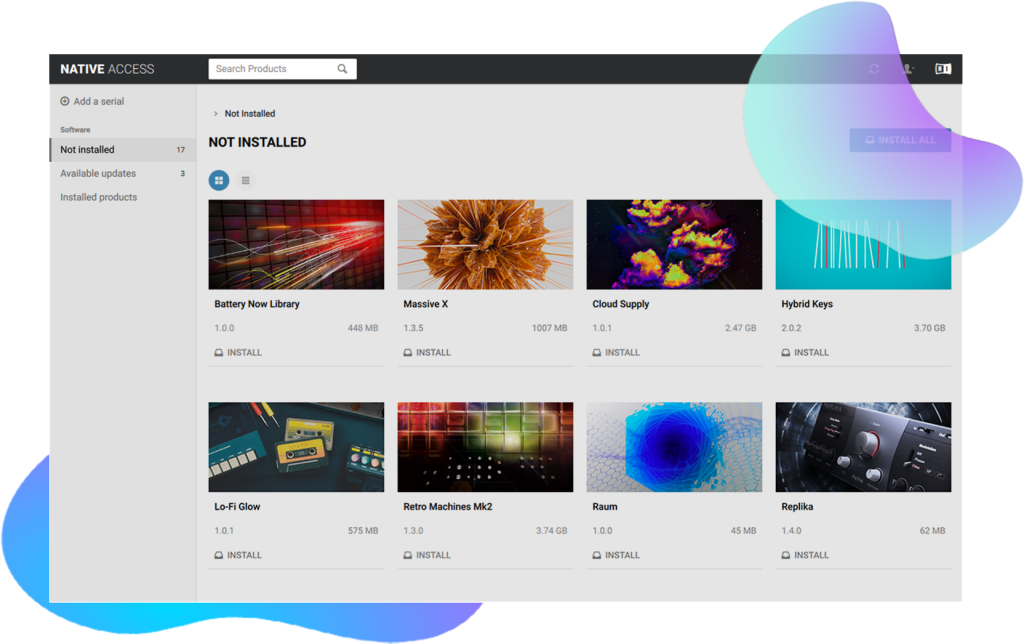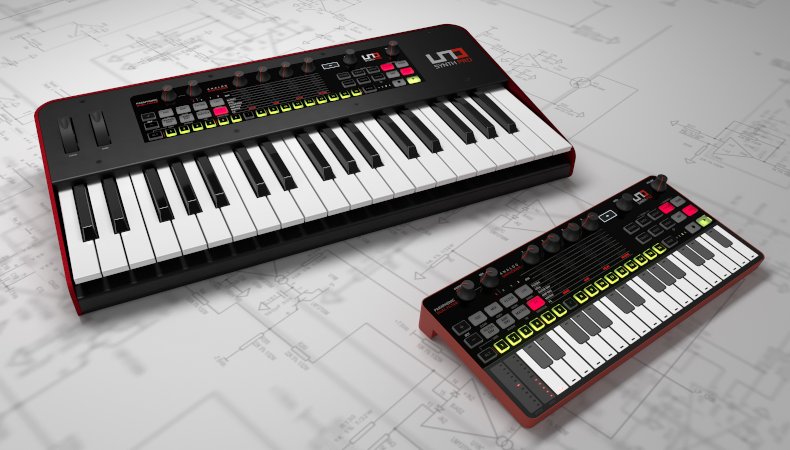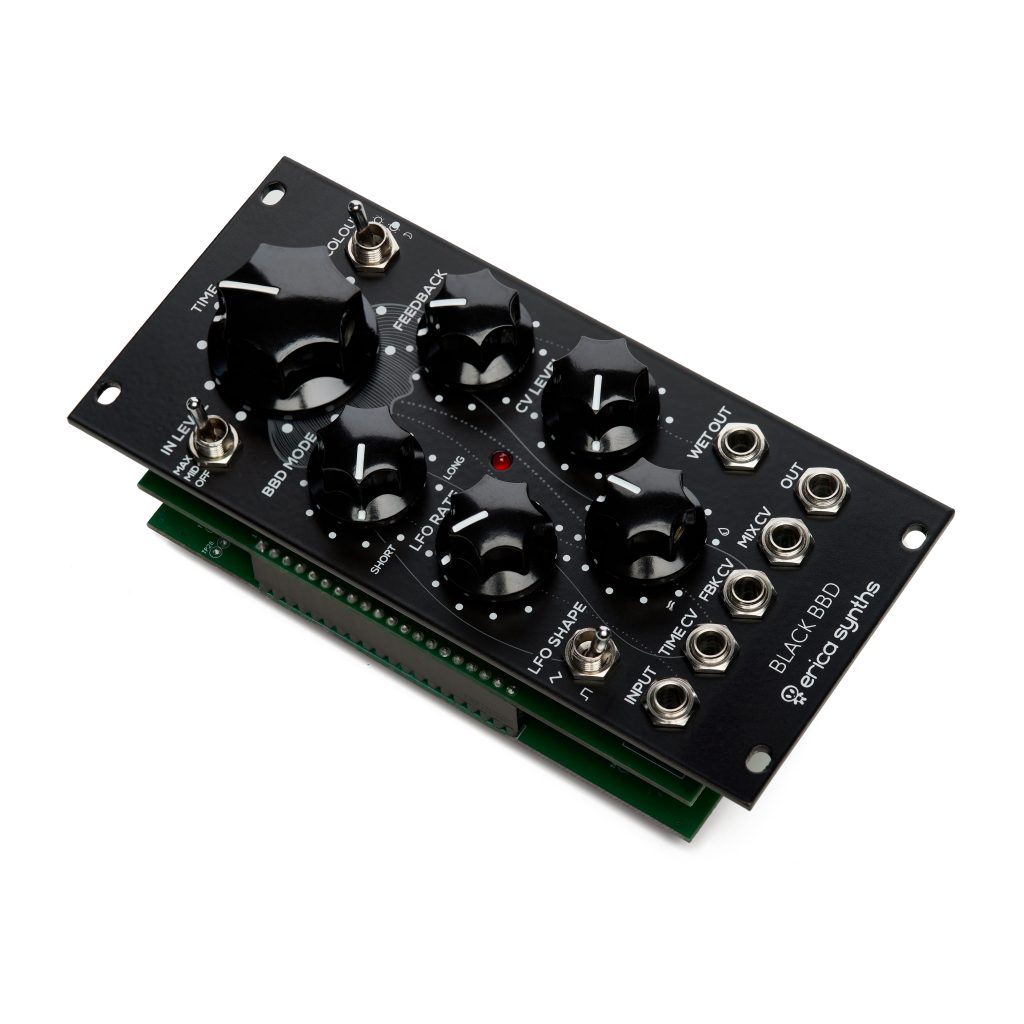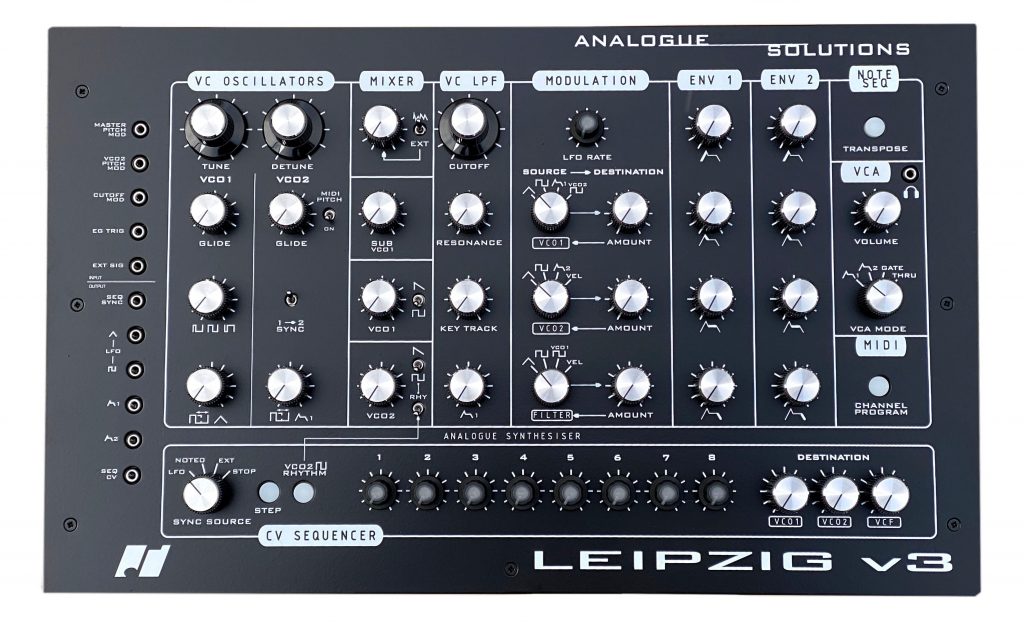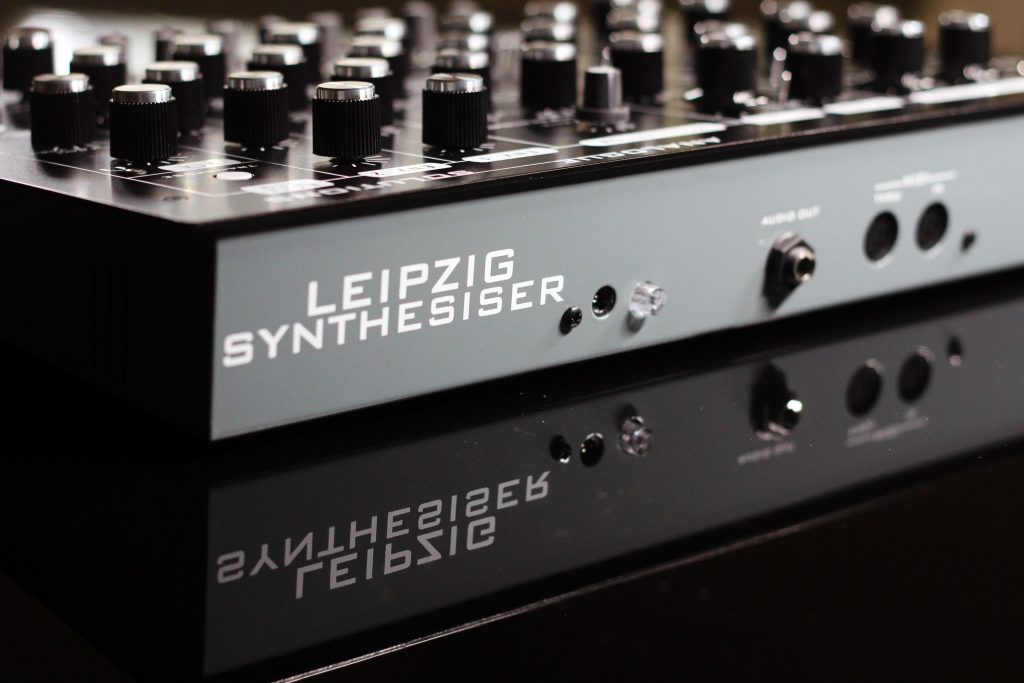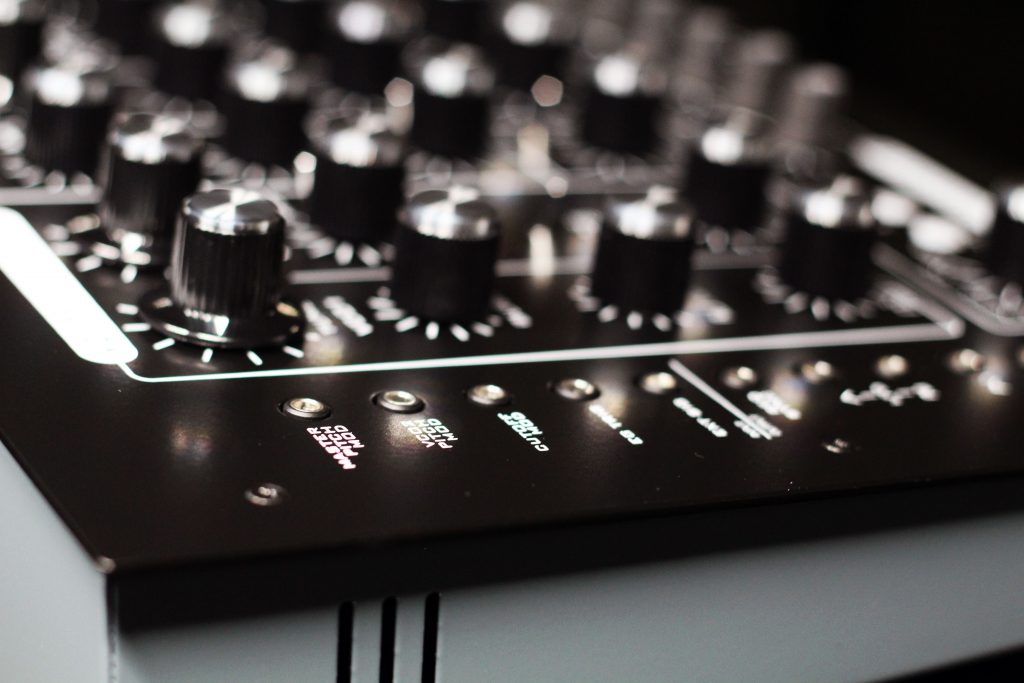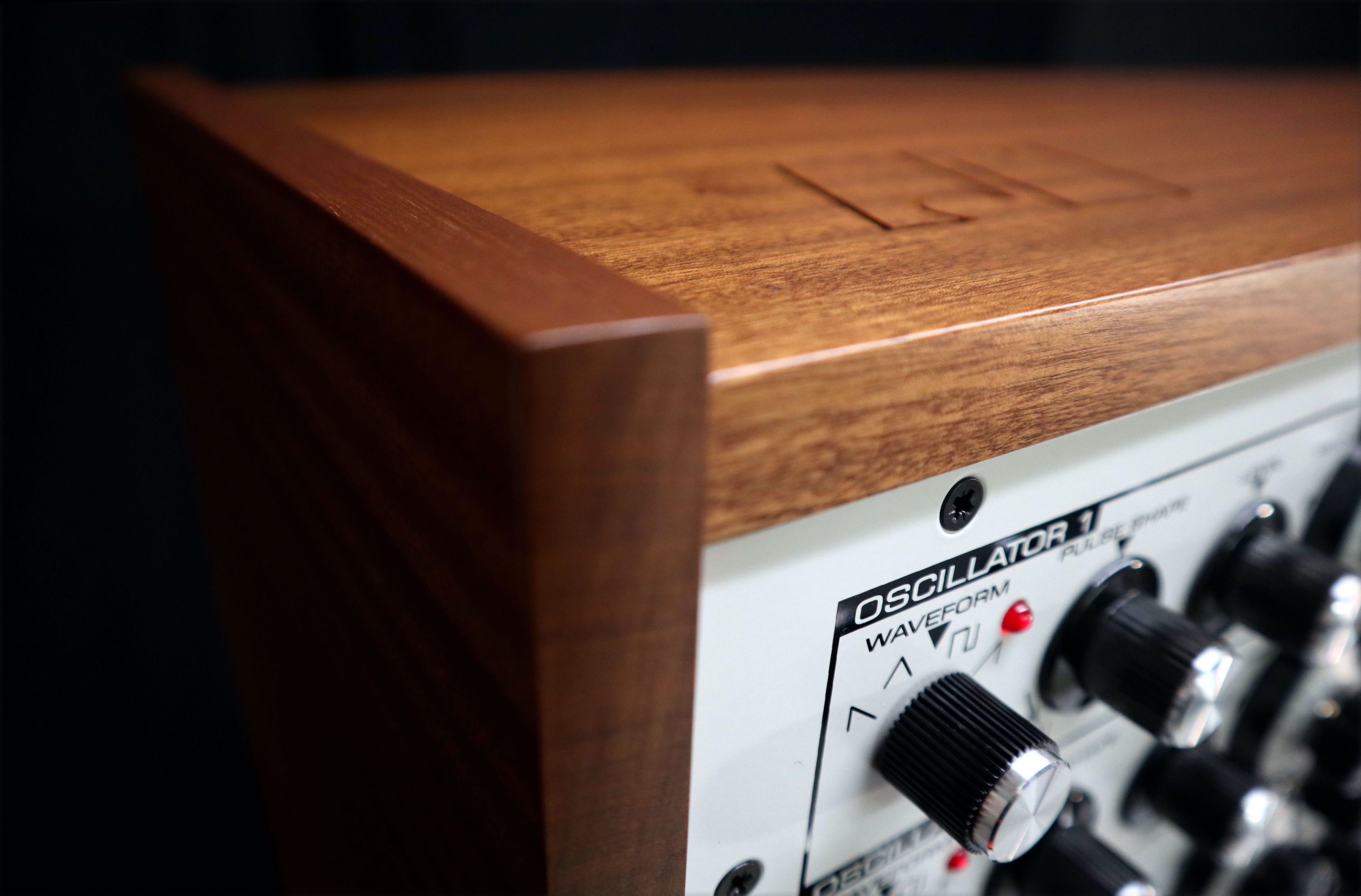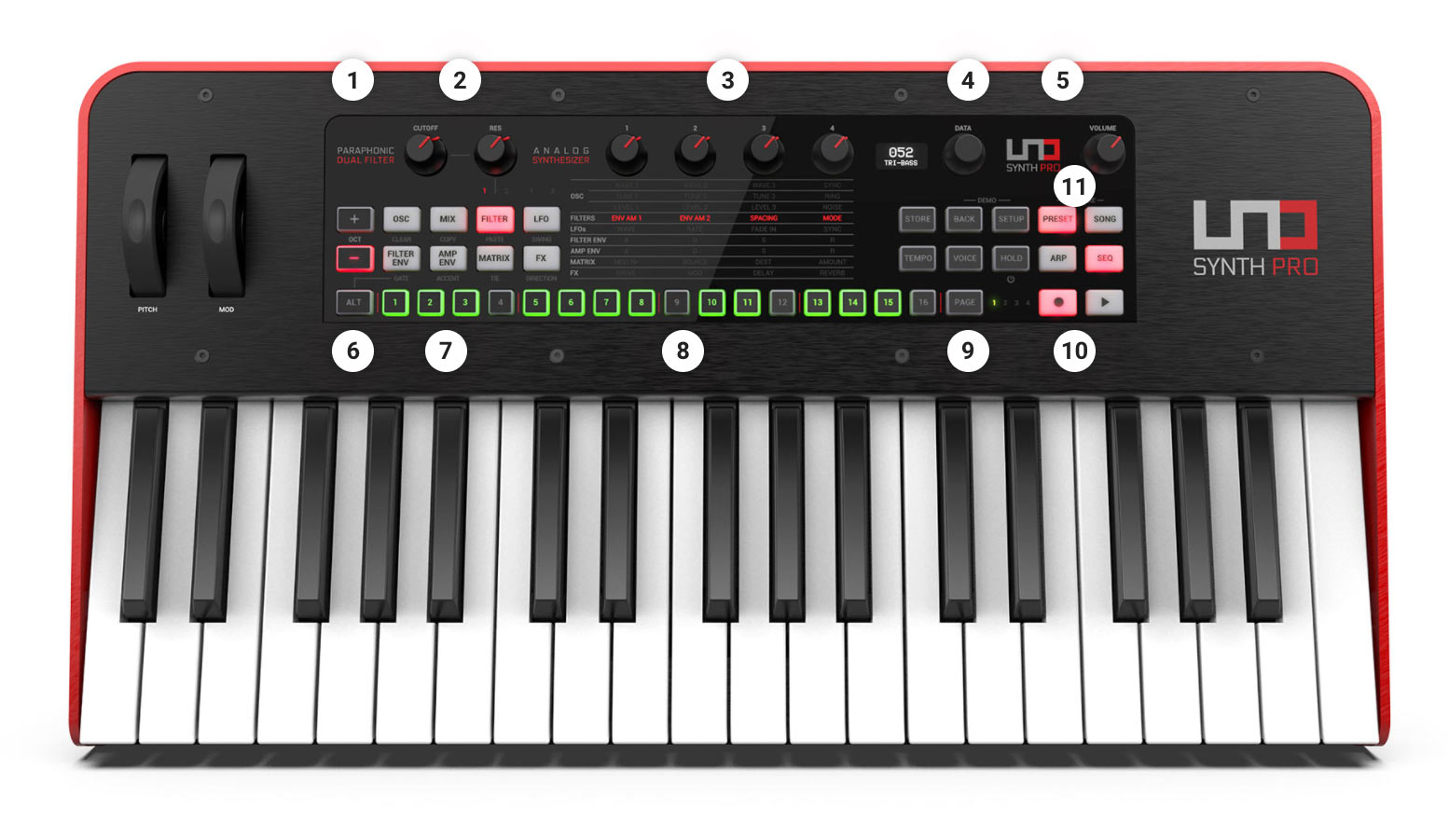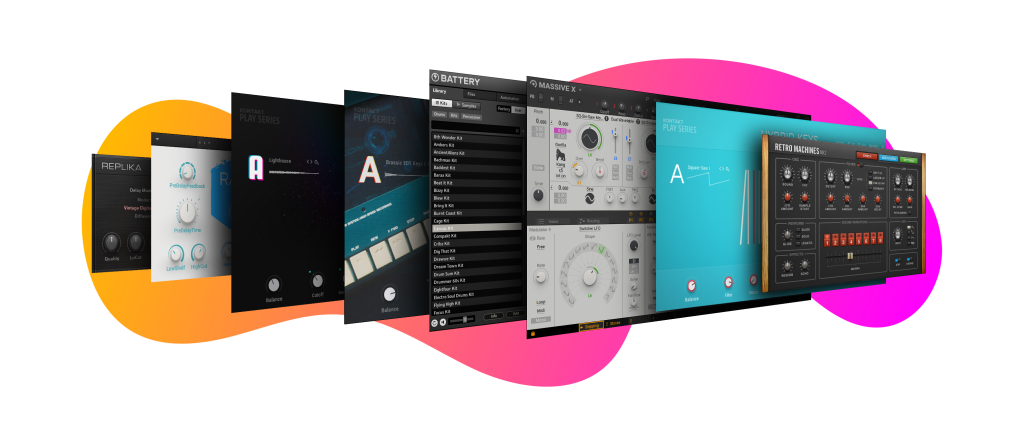
 Native Instruments announces the launch of KOMPLETE NOW—a brand-new subscription offer Native Instruments announces the launch of KOMPLETE NOW—a brand-new subscription offerThe new offer lets creators access high-quality instruments and libraries for $9.99-a-month. |
Berlin, December 8, 2021 – Native Instruments today announced the release of KOMPLETE NOW, a new subscription offer to sit alongside their perpetual portfolio of products. KOMPLETE NOW gives beatmakers, producers, and creators a collection of some of Native Instruments’ most highly sought-after instruments and effects for a low monthly price. As the needs of music creators continue to evolve, Native Instruments firmly believes in the importance of evolving with them. With KOMPLETE NOW, Native Instruments acknowledges that everyone, from professional musicians to beginners, needs access to the tools and inspiration that enable their process. For $9.99 per month, beatmakers and producers can more easily access a growing range of premium instruments and effects with the freedom to cancel their subscription at any time. In this walkthrough video you can watch product specialist Matt Lara as he takes a look under the hood to run through some of KOMPLETE NOW’s instruments and key features.Subscribers will get access to a comprehensive range of production tools, including NI’s flagship synthesizer MASSIVE X, a bespoke edition of the legendary drum sampling platform BATTERY 4, and three instruments from the easy-to-use and inspiring Play Series collection: CLOUD SUPPLY, LO-FI GLOW, and HYBRID KEYS. KOMPLETE NOW also includes RETRO MACHINES MK2 with 16 definitive analog synthesizers and keyboards, plus a pair of cutting-edge effects — RAUM and REPLIKA. The collection is tailor-made for producers of radio-ready hip hop and pop, as well as being a great fit for genres including trap, drill, and various styles of electronic dance music. Through a range of highly sought-after instruments, KOMPLETE NOW provides a new way of encouraging creativity geared towards creators who are beginning their journey with Native Instruments. The KOMPLETE NOW offer will also continue to grow, with preset drops, sound packs, effects, and more content updates introduced on a regular basis. First up on the conveyor belt will be MELTED VIBES, NI’s recent Play Series release that specializes in hooks for drill and hip hop. Creators can choose to subscribe on a monthly or annual basis, and until January 10th, 2022, KOMPLETE NOW will be available as a three-month free trial. Check out the video introducing KOMPLETE NOW, here. |
